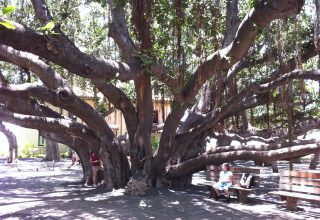
Cathy Jameson, Ph.D. and William Bergquist, Ph.D.
Based on extensive review of research done on effective organizations, fourteen key characteristics have been identified by Cathy Jameson (described in her dissertation: “The Impact of Transformational Leadership on the Productivity of a Dental Practice” Published in 2010. Walden University). An inventory derived from these fourteen key characteristics has been designed by Cathy Jameson, in collaboration with William Bergqulist. The inventory can be completed in several minutes by multiple respondents within a specific organization. It is attached as a downloadable Word-formatted document (see button below), and can readily be converted to Survey Monkey or distributed as a printed document.
The inventory should be distributed and collected in a manner that preserves the respondents’ anonymity (though in a large organization, additional items might be added regarding the department or division in which the respondent works, the number of years the respondent has worked in this organization and/or the level in the organization at which the respondent is currently working – this additional information being requested only if anonymity is preserved).
The Organizational Effectiveness Inventory focused on the role played by each of these fourteen key characteristics in a specific organization. In the first section of this inventory respondents are invited to determine how important each of these characteristics is for their own organization. In the second section of this inventory, respondents are asked to indicate the extent to which each of these characteristics is found in their organization as it currently operates.
The responses can then be consolidated and the gap between current and ideal status determined. We would also suggest that attention be paid nut just to the average scores (means), but also to the variance scores (the degree of agreement among the respondents). The results can then be reported back to members of the organization, as a basis for an improvement strategy. Results also can be provided specifically to one’s organizational coaching client, so that the client can gain a clearer idea regarding potential priority actions to be taken (often with the coach’s support and guidance).
Download Article 1K Club














Brent Green, Ph.D.
January 11, 2017 at 6:12 pm
I”m curious about the survey’s section 1, rating of importance of the 14 items. I don’t find this of value. By asking the questions one assumes that the leader asking them feels they are important.Section 2, the rating of performance on the 14 items, I DO INDEED find of value.